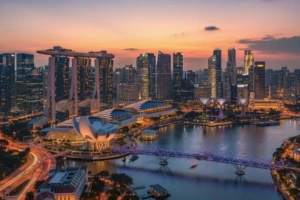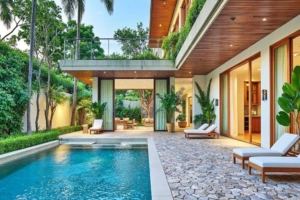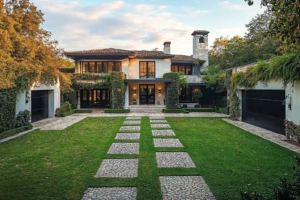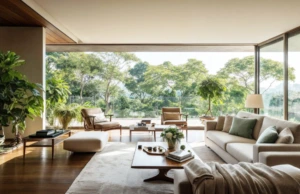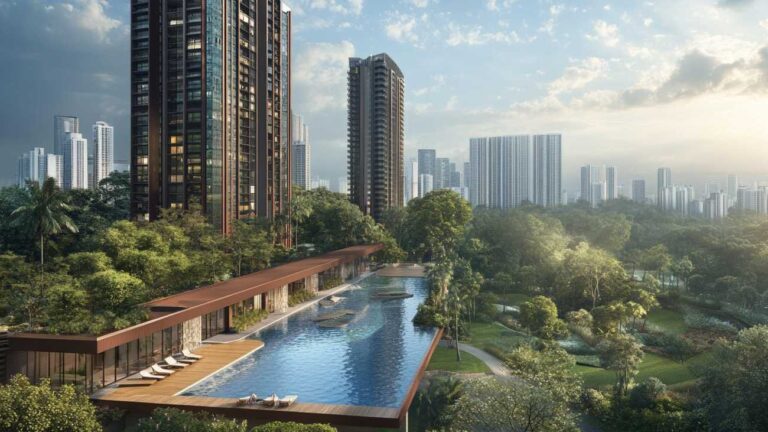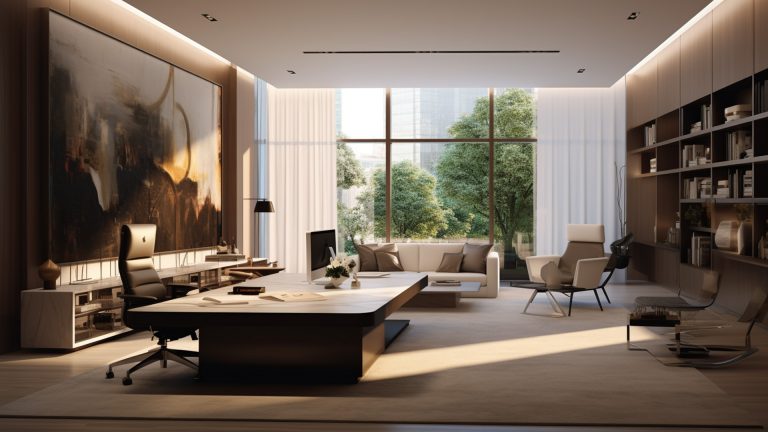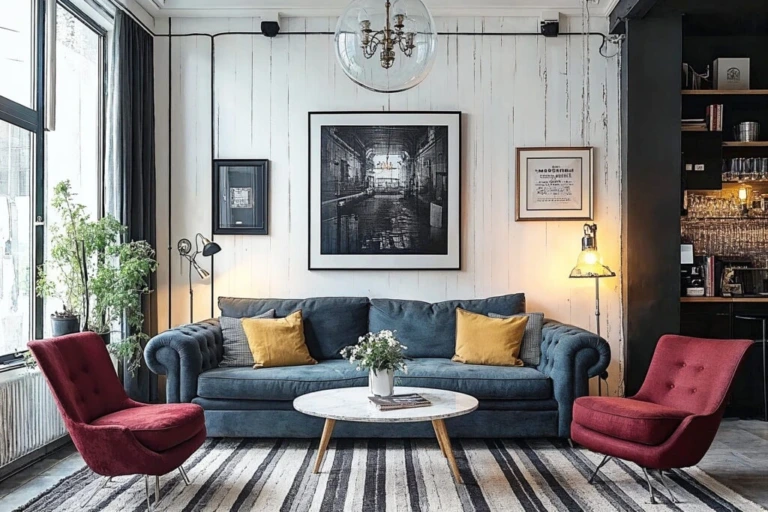|
Getting your Trinity Audio player ready...
|
Office Market Rebounds in Q2
The office market, which started slowly in Q1, gained significant momentum in the second quarter. According to Urban Redevelopment Authority data, office prices in the Central Region rose by 3.1% quarter-on-quarter in Q2, reversing the 1.2% decline in Q1. This recovery was led by strong growth in the Central Area (3.0% QoQ) and Fringe Area (3.7% QoQ). However, on a year-on-year basis, prices were still down 3.4% compared to Q2 2023.
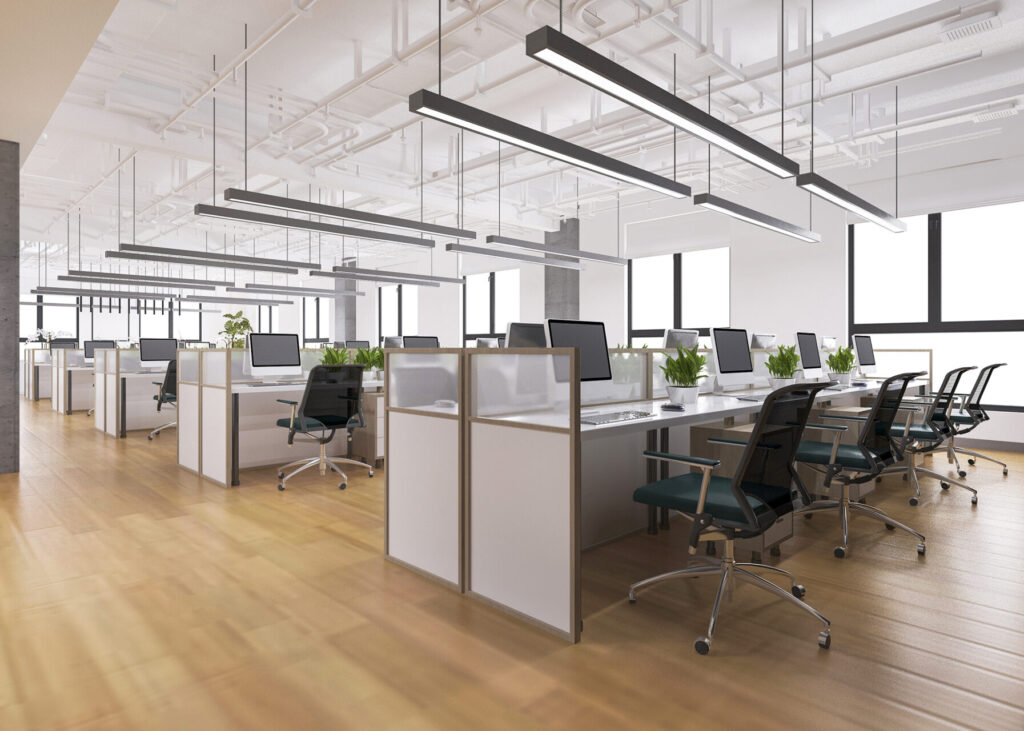
Sales activity in the office market saw a notable uptick, with 82 office transactions recorded in Q2, up 9.3% from Q1. The total sales value soared to $1.2 billion, more than six times the $196 million recorded in Q1. This surge was largely attributed to several big-ticket building sales, including the $775 million sale of Mapletree Anson in the CBD — the largest office transaction since Q1 2022.
Office rentals also recovered in Q2, with the URA office rental index for the Central Region growing by 3.1% QoQ, overturning the 1.7% QoQ drop in Q1. This growth was primarily driven by the Fringe Area, where rents climbed by 6.9% QoQ. The Central Area saw a more modest increase of 2.4% QoQ.
Despite the positive price and rental trends, the office market faced challenges in terms of occupancy. The island-wide vacancy rate increased to 10.8% in Q2 from 9.6% in Q1, largely due to significant new office stock entering the market, including the IOI Central Boulevard Towers, which has nearly 1.2 million sq ft of Grade-A office space.
Retail Sector Stabilises
The retail property market in Singapore showed signs of stabilisation in 1H 2024. While retail prices in the Central Region dipped slightly by 1.2% QoQ in Q2, they remained up by 2.5% on a yearly basis. The Fringe Area continued to outperform, with retail prices up by 5.3% YoY.
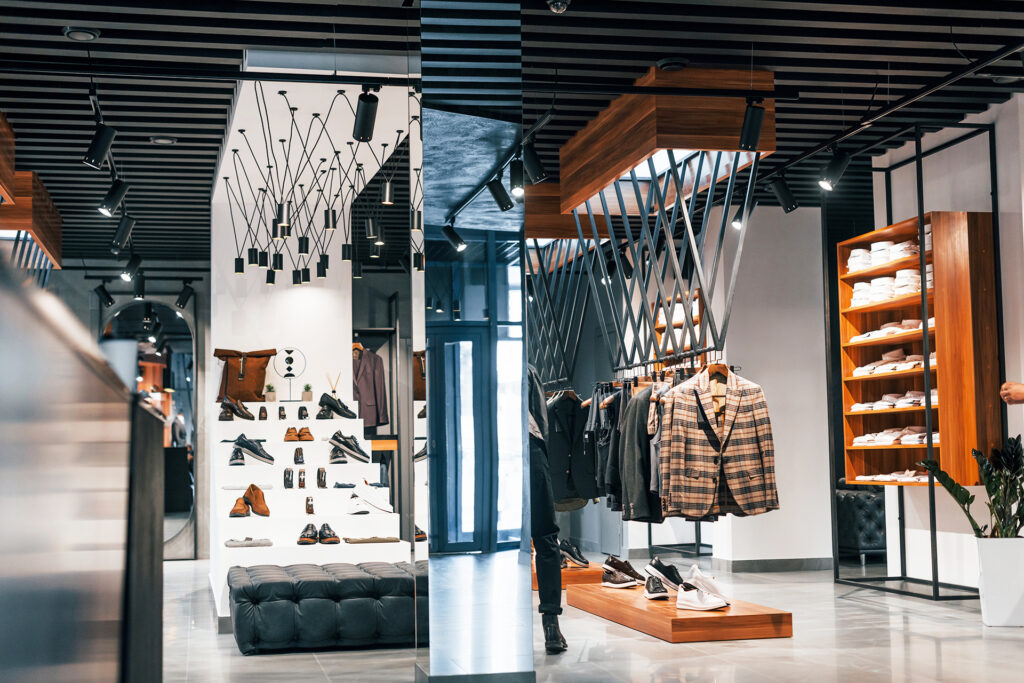
Retail space rentals in the Central Region remained constant in Q2, following a modest 0.2% QoQ growth in Q1. However, median retail rentals across various areas experienced improvements, with rentals in the fringe area seeing a notable 10.9% QoQ jump in Q2.
The retail market’s occupancy rate remained relatively stable, with the island-wide vacancy rate slightly decreasing to 6.6% in Q2 from 6.7% in Q1. This stability was maintained despite the completion of new commercial buildings during the quarter, including IOI Central Boulevard Tower and Pasir Ris Mall.
Industrial Sector Shows Resilience
The industrial property market demonstrated resilience in 1H 2024, with prices and rentals continuing upward. The JTC overall industrial price index rose by 1.2% QoQ and 3.0% YoY in Q2, rebounding from a slight 0.2% QoQ decline in Q1. Multiple-user factories primarily drove this growth, which saw prices increase by 1.7% QoQ and 4.9% YoY.
Industrial property sales volume surged by 44.4% QoQ to 546 deals in Q2, the highest quarterly figure since Q3 2022. This increase in activity led to a 31.5% QoQ rise in overall sales value to $998 million. Multiple-user factory spaces dominated the transactions, accounting for 85% of the deals.
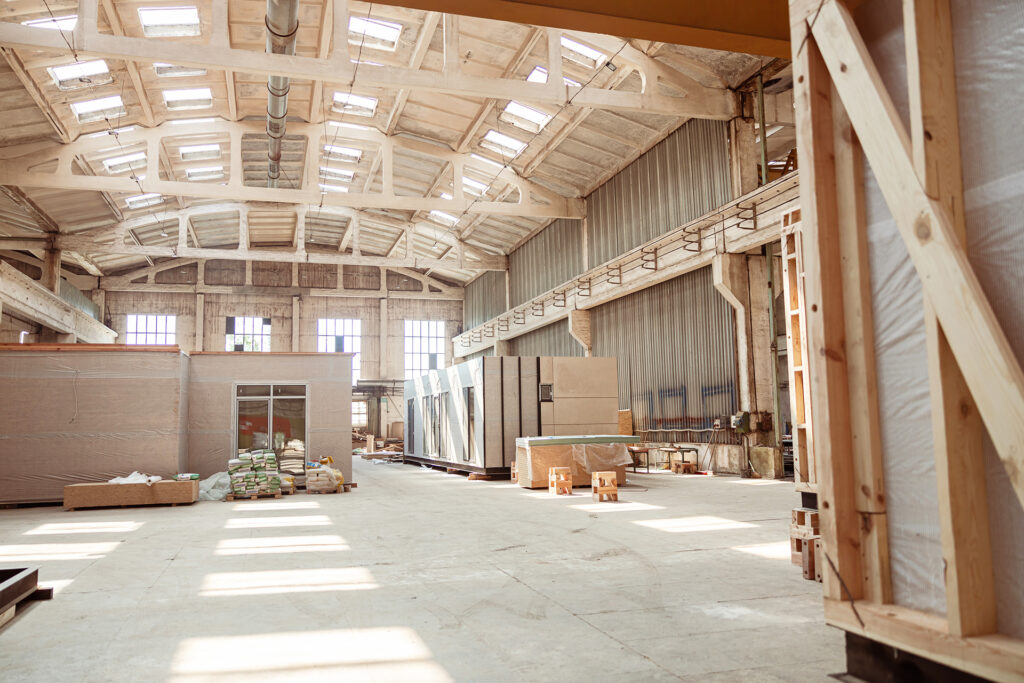
Rentals in the industrial sector continued their upward trend for the 15th consecutive quarter, rising by 1.0% QoQ in Q2. This growth, slower than the 1.7% QoQ increase in Q1, brought the year-to-date rental growth to 2.7% for 1H 2024. All segments except business parks experienced QoQ rental growth, with multiple-user and single-user factories seeing the most significant increases at 1.5% and 1.3%, respectively.
Industrial property occupancy rates also improved, with the overall rate increasing to 89.0% in Q2 from 88.7% in Q1. This improvement came despite adding about 1.1 million sq ft of new industrial space to the market during the quarter.
Outlook for 2H 2024
Looking ahead to the second half of 2024, the commercial property market in Singapore faces both opportunities and challenges. The office market may see moderate growth in rentals and capital values, supported by projected economic improvement and positive business sentiment. The anticipated interest rate cuts by the US Federal Reserve later in the year could boost the market further.
However, the office sector also faces headwinds from the substantial new supply expected to enter the market in 2H 2024. About 209,000 sq m of office space is slated for completion, which may exert downward pressure on occupancies and rentals.
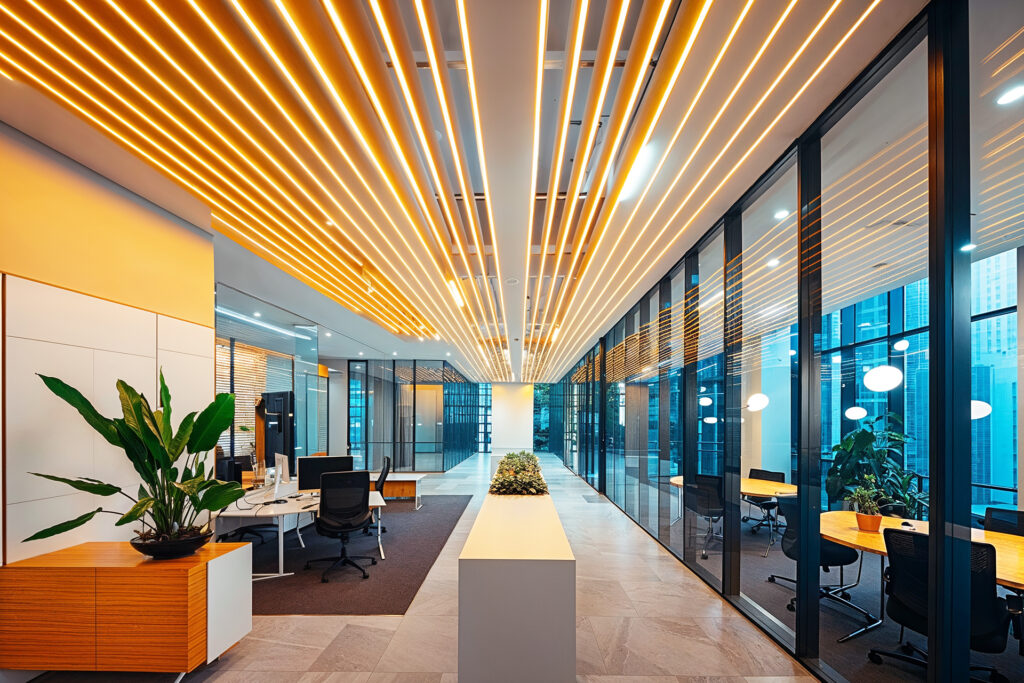
The industrial property sector is expected to see stable growth in rents and prices, buoyed by the recovery in end demand and the potential easing of interest rates globally. Key growth sectors include electronics, logistics, food manufacturing, and life sciences. The opening of the Punggol Digital District in 2H 2024 is also expected to bring new opportunities to the business park segment.
Nevertheless, the industrial sector faces challenges from the significant incoming supply of new space, which may limit rental and price growth. Additionally, ongoing geopolitical tensions and potential supply chain disruptions pose risks to the sector.
For the retail sector, limited supply completions in the remainder of 2024 should help keep occupancies and rentals stable. The gradual improvement in retail sales, supported by stable visitor arrivals and tourist spending, bodes well for the sector’s recovery.
While the Singapore commercial real estate market trends showed encouraging signs of recovery in 1H 2024, stakeholders should remain cautious of potential headwinds in the second half of the year. Factors such as global economic uncertainties, geopolitical tensions, and substantial new supply completions will play crucial roles in shaping the market’s performance in the coming months.



